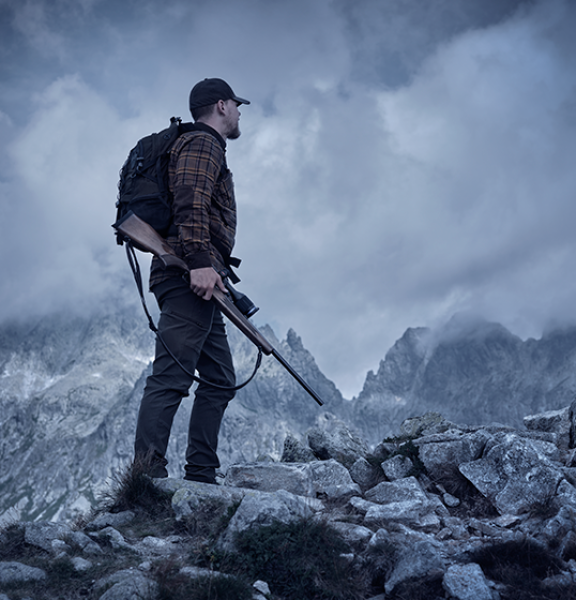One time, when I lived in Wisconsin, it was below freezing but the water hadn’t frozen over yet.
I went one step too far and got pulled under in chest waders. I had to drop the waders, swim to shore and hike out in frozen clothes just to sit in the truck in my skivvies the rest of the time. – Pulsar employee (Name has been redacted to protect the guilty).

There are two contrasting things about late-season deer hunts—better animal movement and worse winter weather. Though everyone’s ideas of cold aren’t the same, there are plenty of hunters who brave extreme temperatures to bag that buck. Duck hunters and even early spring turkey hunters can relate to battling extreme weather.
If dressed appropriately, the average person can withstand 32 degrees Fahrenheit (0 °С) safely, depending on individual limitations, conditions and health. However, extreme cold, even when dressed appropriately, can be very dangerous. Frostbite and hypothermia—which can kill you—can set in within minutes of exposure. It surprisingly doesn’t take much either—you’re at risk of suffering hypothermia if your body temperature falls below 95 degrees Fahrenheit (-35 °С). Your chances increase exponentially if wet.
Though not common, hunters die of hypothermia every year. In 2016, the singer for country music band Backroad Anthem, Craig Strickland and his friend Chase Morland, died of hypothermia while on a duck hunt in Oklahoma.
Even in Texas, extreme winter weather can catch hunters off guard. In 2017, three hunters ventured out in Southeast Texas to duck hunt. While the temperature wasn’t nearly as cold as many hunters are used to, the wind was heavy, and residents of South Texas aren’t used to extreme cold. The three young men and one of their dogs died due to exposure. Though it is not an exclusive danger to duck hunters, hypothermia is the leading cause of death for waterfowlers.
You want your absolute best chance with success in the field this year and that means you’ll be heading out to the blind or stand even on the coldest day of the year. We want you safely back at camp to share your stories, trophies, as well as pass on the hunting heritage, so we’ve gathered the best expert and experienced hunter’s advice on how to stay warm while hunting.
Factoring in Wind Chill
According to sciencing.com, “Wind chill is a measurement of the rate of heat loss from your body when you’re exposed to low temperatures combined with wind.” The wind chill factor makes dangerously cold temperatures even worse. The National Weather Service provides wind chill information with regular weather forecasts. They write, “the calculation utilizes wind speed in miles per hour and temperature in degrees Fahrenheit. For example, a temperature of minus 5 degrees occurring with a 20 mph wind gives a wind chill near minus 30 degrees. This means that your body will lose heat at the same rate as it would if the air temperature were minus 30 degrees with no wind. Wind chill values near minus 25 degrees mean that frostbite is possible within 15 minutes.”
The National Weather Service issues wind chill advisories and warnings which should reflect in your local newscast. Before heading out into the field:
- Listen to the weather forecast.
- Layer up!
- Cover exposed skin.
- Limit time outside.
Stay Dry
Your body loses heat faster when wet. This is why it is so important to stay dry when hunting. Dressing and packing in layers will help you be comfortable while walking to and from the stand as well as while sitting and waiting.
Your first layer should be of synthetic, moisture-wicking fabric. It may sound strange, but walking to your stand can work up a sweat. Sweat is your enemy when it’s freezing outside. Once in your blind or stand, you can add more layers to stay warm. This should include a waterproof outer layer like vest and coat or bib overalls and a coat. You can pack these layers in your bag.
It’s an urban myth that we lose most of our body heat through our heads, but a beanie or full-face mask will help retain heat, as well as cover exposed skin.
How to Layer for Cold Weather Hunting
- Base layer—moisture-wicking, should be touching the skin.
- Looser-fitting thermals—this layer needs to be roomy to give a full range of motion.
- Middle layer—weatherproof camo.
- Outer layer—weatherproof and windproof coat, vest, overalls.
- Beanie, facemask, gloves or muff
When considering your clothing options, stay away from cotton. The best cold-weather materials are synthetics, Gore-Tex, nylon, fleece and wool.
The Right Boots
Boots should be a little roomy to allow blood flow—this will keep you warmer. Wear sock liners and use chemical warmers like HotHand or Thermacell insole foot warmers. Air- and chemically activated heat packs are perfect for your muff, and coat and pants’ pockets to add an extra layer of comfort.
Staying Warm in a Ground Blind or in the Deer
- Take a piece of carpet or cardboard with you to the stand or blind. Sit on the carpet square and put the cardboard under your feet, protecting you from the cold ground and cold surface of your blind or stand seat.
- Ground blinds are perfect for a propane space heater.
- Take a sleeping bag to wrap up in.
How to Make a DIY Hunting Survival Kit
You may work up a sweat walking to and from your stand. Pack layers you can add and remove so you don’t get too hot or too cold.
It is not uncommon for hunters to get lost while hunting in the wilderness. Even if you have walked to and from your stand a million times, overgrowth, bad weather, losing light and trailing blood all have the potential to turn you the wrong way. Seriously, it only takes a few wrong turns or steps off the trail to get completely lost in the woods. No matter how many times you’ve hunted a lease or piece of land, always, always, always take a survival kit with you.
Even though no one ever wants to, plan to spend at least a night or two in the elements just in case you happen to get lost. The good news is, most people are found within 24 hours of a missing person’s report, so always tell someone where you’re going and when to expect you back. Take trail markers or tape if you need to trail your game. A thermal imager like Pulsar’s Axion monocular, Thermion riflescope or Accolade binoculars will make seeing game in the dark 100 percent easier.
Your survival kit should include:
- Multiple ways to start a fire and tinder
- Mylar emergency blanket
- Charged cell phone
- Water and water filter
- High-calorie, protein snacks
- Cup and compact camp stove (You can melt snow for drinking water. Never eat snow without melting it first.)
- A signaling device like a whistle, mirror or personal locator beacon
- Flashlight and spare batteries
- Compass
If you aren’t accustomed to extreme weather, it is best to stay indoors, no matter how much those deer are moving. Dr. David A. Greuner of NYC Surgical says, “It’s safe to be outside if the temperature is 32 degrees Fahrenheit (0 °С) or above. If the temperature falls between 13 (-10,5 °С) and 31 (-0,5 °С), you should take breaks from the cold approximately every 20 to 30 minutes. If the wind chill temperatures are 13 (-10,5 °С) and below, you should remain indoors.”
Even the biggest of bucks isn’t worth it…
Source - Sellmark Corporation
 Thermion 2 LRF XL50
Thermal Imaging Riflescope
Thermion 2 LRF XL50
Thermal Imaging Riflescope
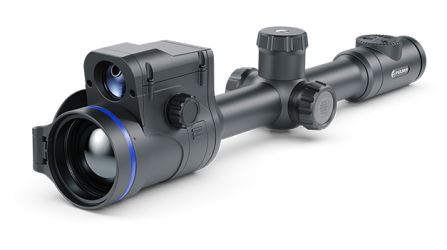 Thermion 2 LRF
Thermal Imaging Riflescopes
Thermion 2 LRF
Thermal Imaging Riflescopes
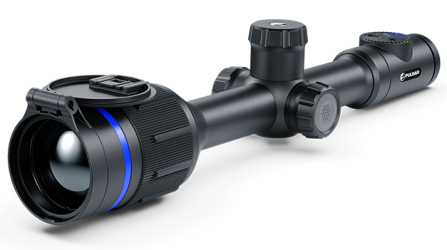 Thermion 2
Thermal Imaging Riflescopes
Thermion 2
Thermal Imaging Riflescopes
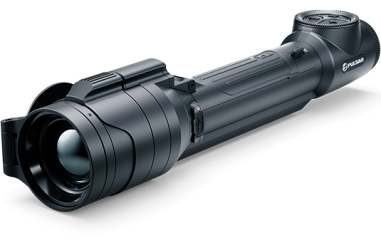 Talion
Thermal Imaging Riflescopes
New
Talion
Thermal Imaging Riflescopes
New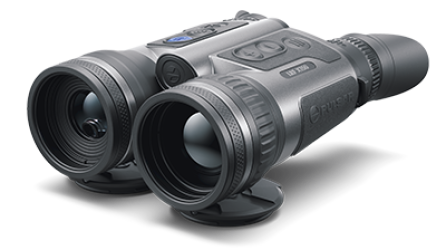 Merger LRF XT50
Thermal Imaging Binoculars
Merger LRF XT50
Thermal Imaging Binoculars
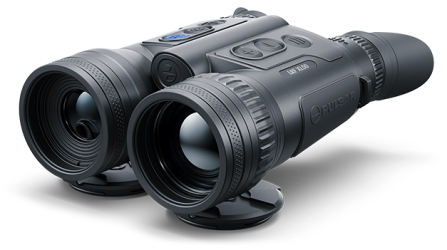 Merger LRF XL50
Thermal Imaging Binoculars
Merger LRF XL50
Thermal Imaging Binoculars
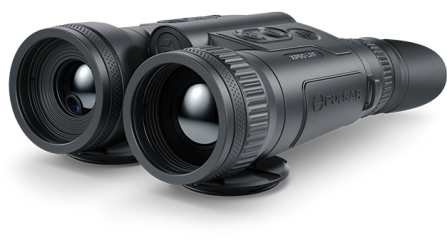 Merger LRF XP50
Thermal Imaging Binoculars
New
Merger LRF XP50
Thermal Imaging Binoculars
New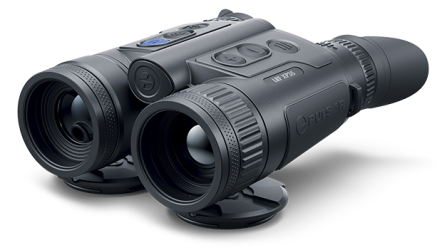 Merger LRF XP35
Thermal Imaging Binoculars
Merger LRF XP35
Thermal Imaging Binoculars
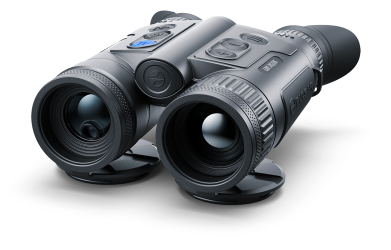 Merger LRF XQ35
Thermal Imaging Binoculars
New
Merger LRF XQ35
Thermal Imaging Binoculars
New Telos
Thermal Imaging Monoculars
New
Telos
Thermal Imaging Monoculars
New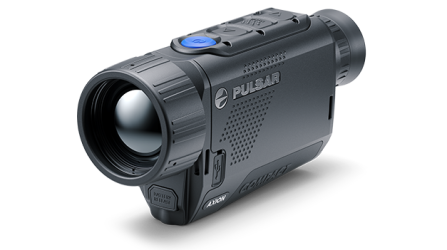 Axion Compact
Thermal Imaging Monoculars
Axion Compact
Thermal Imaging Monoculars
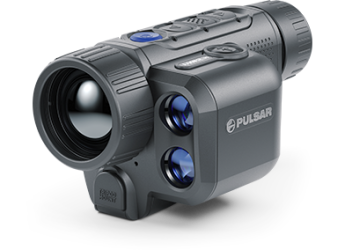 Axion 2 LRF
Thermal Imaging Monoculars
Axion 2 LRF
Thermal Imaging Monoculars
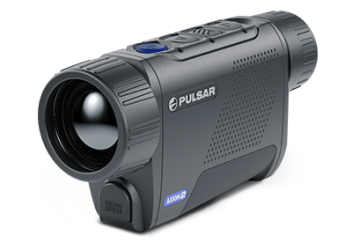 Axion 2
Thermal Imaging Monoculars
New
Axion 2
Thermal Imaging Monoculars
New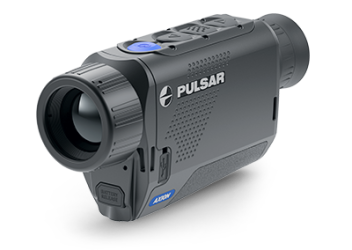 Axion XQ30 PRO
Thermal Imaging Monoculars
Axion XQ30 PRO
Thermal Imaging Monoculars
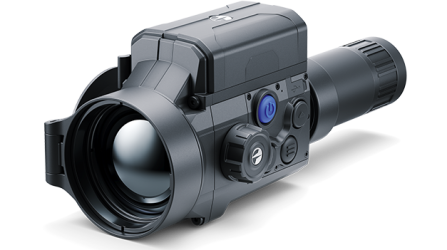 Krypton 2
Thermal Imaging Monocular
Krypton 2
Thermal Imaging Monocular
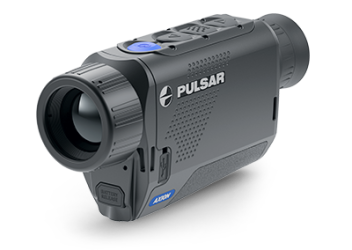 Axion XM30F
Thermal Imaging Monoculars
Axion XM30F
Thermal Imaging Monoculars
 APS Batteries
Battery Packs
APS Batteries
Battery Packs
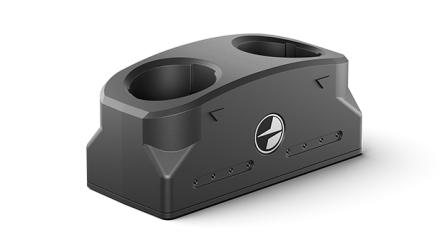 APS Chargers
Battery Chargers
APS Chargers
Battery Chargers
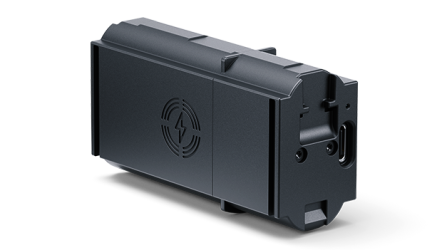 LPS 7i Battery Pack
Battery Packs
LPS 7i Battery Pack
Battery Packs
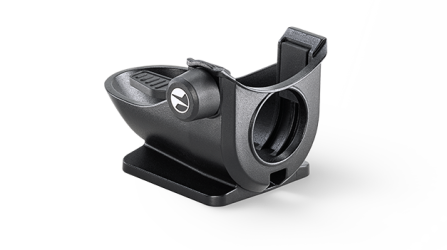 Telos LRF Tripod Adapter
Pulsar Accessories
Telos LRF Tripod Adapter
Pulsar Accessories
 IPS Batteries
Battery Packs
IPS Batteries
Battery Packs
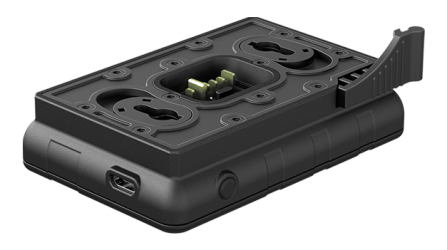 IPS Battery Charger
Battery Charger
New
IPS Battery Charger
Battery Charger
New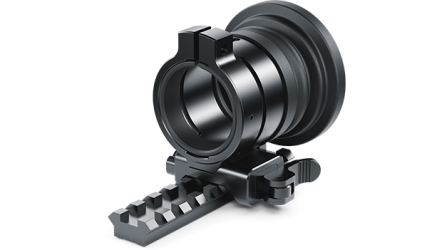 PSP-V Weaver Rail Adapter
Adapter
New
PSP-V Weaver Rail Adapter
Adapter
New PSP-B Ring Adapters
Ring Adapters
PSP-B Ring Adapters
Ring Adapters
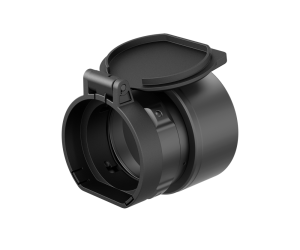 FN Adapters
Cover Ring Adapters
FN Adapters
Cover Ring Adapters
 Remote Controls
for digital devices and thermal imagers
Remote Controls
for digital devices and thermal imagers
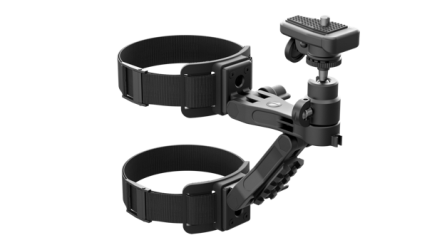 Tree mount
Pulsar Accessories
Tree mount
Pulsar Accessories
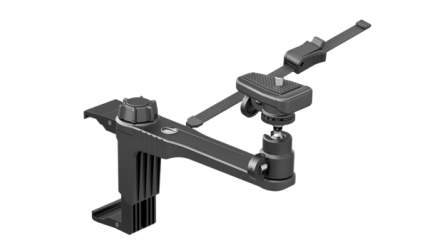 Window Frame Mount
Pulsar Accessories
Window Frame Mount
Pulsar Accessories
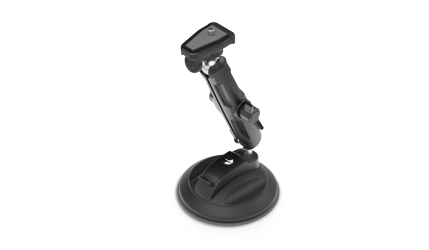 Flat Glass Mount
Pulsar Accessories
Flat Glass Mount
Pulsar Accessories
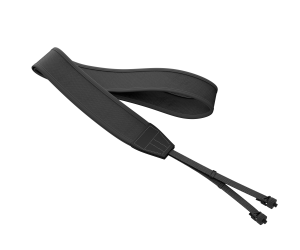 Neck Straps
Accessories
New
Neck Straps
Accessories
New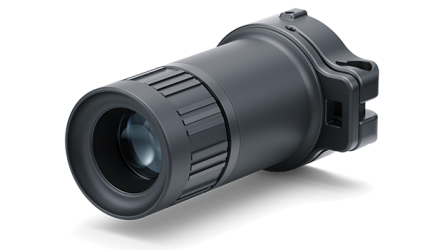 Monocular Pulsar 3x20 B
Accessories
Monocular Pulsar 3x20 B
Accessories
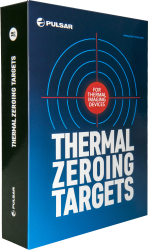 Thermal Zeroing Targets
Accessories
Thermal Zeroing Targets
Accessories







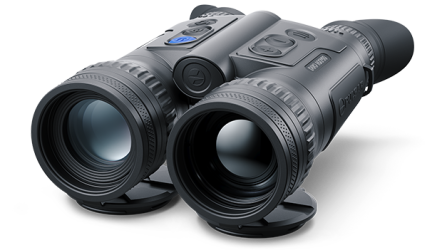
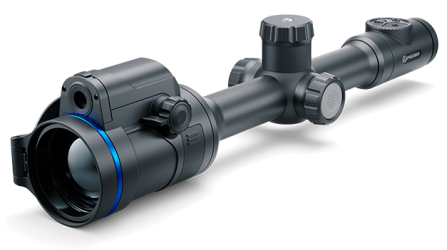
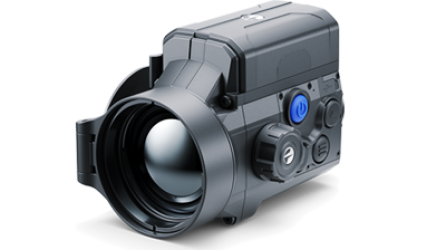
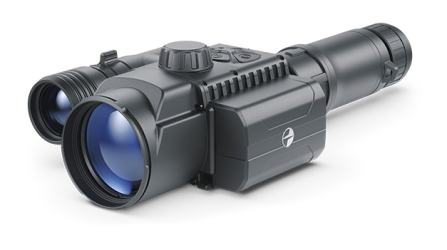



 English
English German
German French
French Spanish
Spanish Italiano
Italiano English
English Lietuvių
Lietuvių